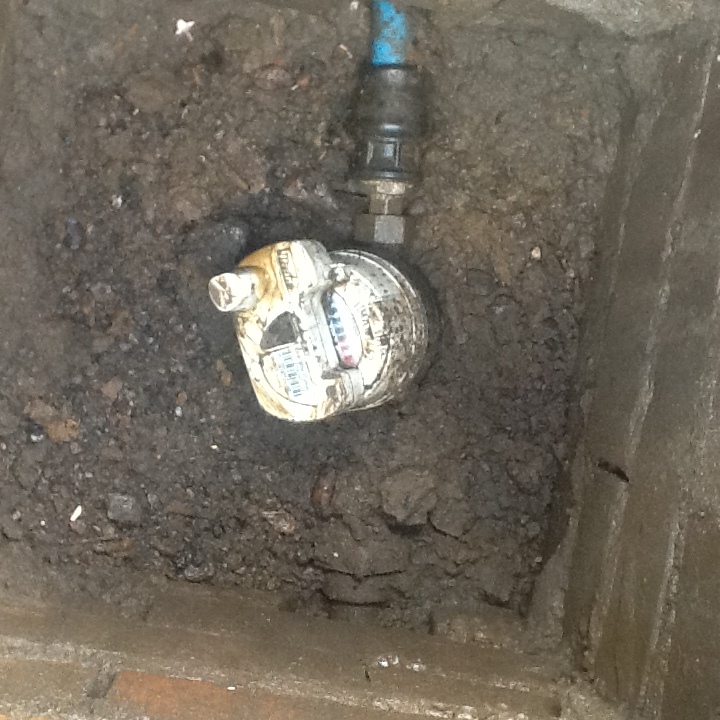I’m looking for a sensor to attach to our water meter at a school, any advice on what we could use?

I’m looking for a sensor to attach to our water meter at a school, any advice on what we could use?

It’s hard to decipher the relevant information from the picture, check www.iot-shop.de to see if they can help you or consider fitting a second (independent) meter in line for your measurements.
Did you move schools, the last water meter had a pulse count on it but we never heard what the outcome was …
I work for a group of schools, our pilot school has changed as we now have a school with a higher risk of water leaks.
Woud need a cleaner/clearer image to confirm. As noted a pulse o/p enabled device may make simple but this may not be one. Service provider usually views they own to/the meter, with downstream your problem. They may or may not like or approve connnection direct to. You might ask if they will swap to P.O. that you are then permitted to ‘read’, but as noted best option and path of least resistance is fit your own meter a shortway downstream, under your own control. Small risk may still remain between the two but generally small if professionally fit and very short distance - possibly even in same manifold/pit.
Question: is your meter/service already on AMR/Drive-by? or do they do manual read? Asking as suspect adapter already in place (and reading P.O.) for AMR so unlikley you can get another connection to parallel read…
Based on the previous reported cost to the school that you’ve left to sort out this one, the consequential costs are huge compared to the JFDI of putting a meter with telemetry on it - it doesn’t have to be next to the utility providers meter, it can be where it comes in to the building. Or even some on the different branching points so you can figure out which part of the building has sprung a leak.
At the absolute worst, there are image recognition modules that you can put on to that meter that will literally read the the digits …
@nathant1985 That is always a good practice move on larger installs for any metered service so you can start to isolate/fault find…be it water - after e.g. 1st branching manifold/distribution point - or submetering for electricity - to follow and identify the main consuming branches, and then track data and recognise sudden anomolous demand or even small steady leaks (for water a small background consumption all through the night can indicate a small leak or even a dodgy washer in a toilet cistern or tap somewhere, against a background of no other normally expected consumption during that period).
And if you want to go really detailed, there is https://www.leakalertorpro.com!!
I have been using the Dragino SWL3 to monitor water usage - installing AFTER the meter in the line like Jeff-UK suggests. I have it on good authority that WATER gets in the hole and will ruin the CPU unit. So the Dragino - not great for that application. In crawl spaces, it has been working quite well - but it never gets submerged or subjected to much weather.
This has allowed me to find toilets running in rentals, renters watering lawns on non-water-days, and also to look for small leaks on single family dwellings. I cross correlate to the bill and it is close enough for my needs.
The Dragino sensors are waterproof. However once the antenna is (partially) under water you probably won’t be getting any data.
Maybe in my one-off instance that little nipple that ingresses the sensor wasn’t sealed that well. I’m personally a little gun-shy to get that CPU unit submersed at all.
To get best possible signal path mounting it as high up as possible (with the limited cable length available) is (usually) the best option anyway. And even if the unit is water tight, I am not so sure the antennas are as well.
I have heard that Dragino is going to make that pigtail coming off of the counter quite a bit longer. That will make things a lot nicer. I made myself a little 3d printed box to do just what you say. I made it high visibility orange as I think a mower will be much harder on the cpu unit than water!